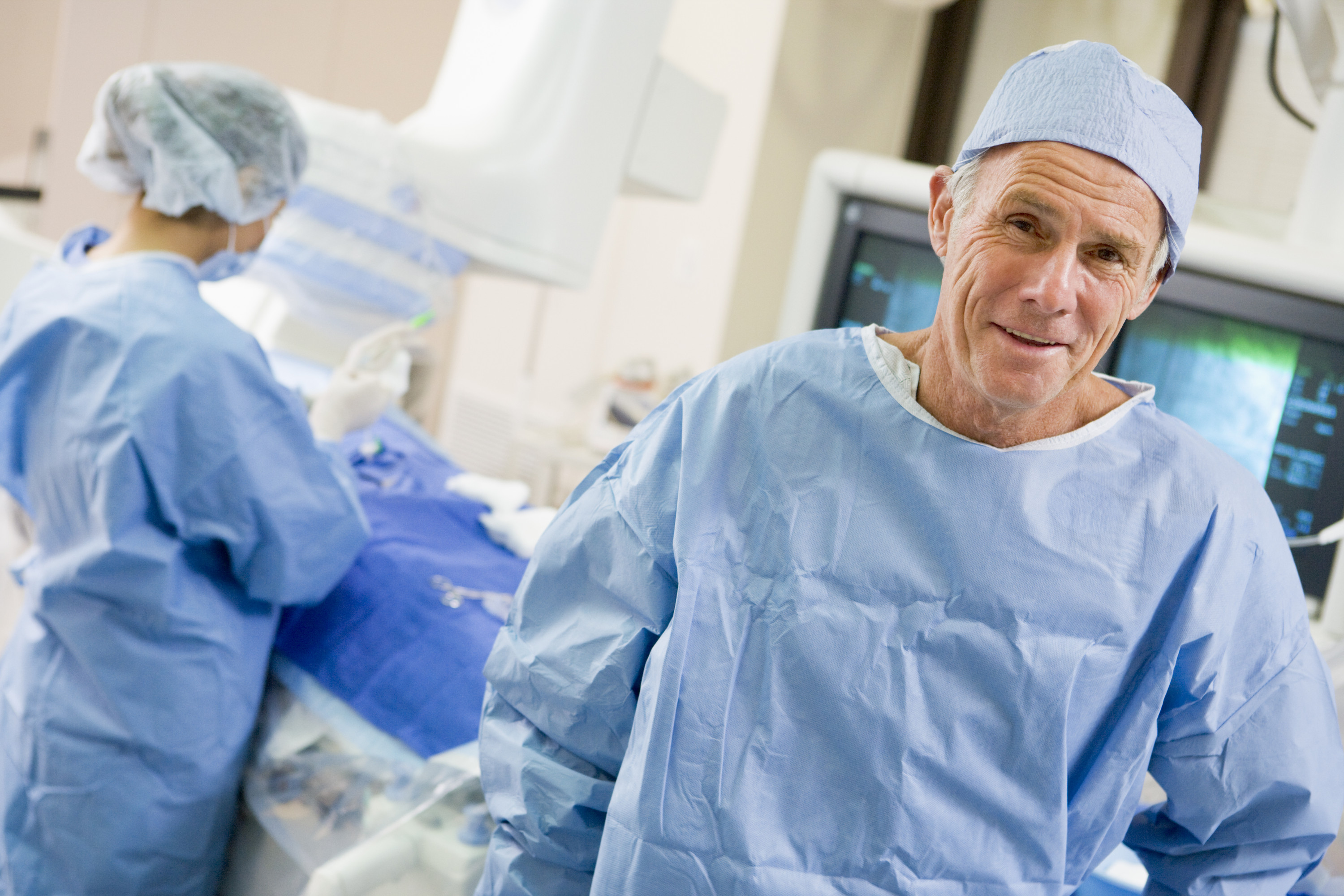Body Lift Surgery
-
Content written by Andrew Proulx, MD | Reviewed by EnhanceMyself Medical Team | Last updated 6/27/2023
- Overview
Overview
What is a body lift?
A body lift is a surgical procedure tailored to enhance the body’s shape and curves. It achieves this by eliminating surplus skin and fat from particular areas. People who typically seek this procedure have often undergone substantial weight loss, often due to bariatric surgery or lifestyle changes, and are dealing with the challenge of loose, sagging skin.
Topics covered on this page
- Cost of body lift surgery
- Factors affecting cost
- Are you a candidate?
- Procedure overview
- Recovery time
- When to expect final results
- Choosing a surgeon
Cost of body lift surgery

There are other factors that can significantly influence the total cost, including anesthesia and the surgical facility, among others. When considering these additional factors, the total cost can vary widely, ranging from $15,000 to $30,000 or more, depending on the specific type of body lift you are considering:
- Lower Body Lift: This procedure targets the lower abdomen, buttocks, hips, and outer thighs.
- Upper Body Lift: It primarily focuses on the upper back, breasts, and arms.
- Total Body Lift: This comprehensive procedure combines both upper and lower body lifts to achieve a complete transformation.
To get an accurate cost estimate based on your unique requirements, set up a consultation with an experienced bariatric surgeon near you.
Factors affecting the cost of treatment
Several factors can influence the cost of your body lift procedure. Here are some of the key factors that play a role in determining the cost:
- Surgeon’s Fee: The experience and reputation of the surgeon who performs your procedure can affect the cost. Highly skilled and well-known plastic surgeons often charge a premium for their services.
- Anesthesia: The administration of anesthesia involves the expertise of an anesthesiologist. The type of anesthesia used, the duration of the procedure, and the qualifications of the anesthesia provider can influence the anesthesia fees. Generally, general anesthesia is more expensive than local anesthesia with sedation.
- Surgical Facility: The surgical facility where your body lift is performed may impact the cost. These fees encompass the usage of the operating room and other associated services. To ensure a safe experience, check to see if your surgical facility is certified by the Accreditation Associations for Ambulatory Health Care (AAAHC).
- Location: The cost of living and the average pricing for medical services in a particular area can affect the cost of your procedure. In general, urban areas tend to have higher procedure fees.
- Extent of Procedure: The extent of your body lift procedure will impact the cost. This includes factors like the extent of correction required and the amount of excess skin and fat to be removed.
- Medical Care: The care provided before and after surgery affects the overall cost. This includes preoperative consultations, medical tests, surgical garments, prescription medications, and follow-up appointments.
- Additional Procedures: If you are considering having other procedures alongside your body lift, you may incur extra costs.
If you are considering body lift surgery, setup a consultation with a board-certified plastic surgeon near you. This will allow you to discuss your aesthetic goals and gain a thorough understanding of the specific cost breakdown and factors that pertain to your individual case.
Are you a candidate?
You may be a good candidate if you meet the following criteria:
- In Good Health: Candidates should be in good general health, free from any medical conditions that could increase the risk of surgery.
- Non-Smoker: Candidates are generally required to be non-smokers or willing to quit smoking before and after the surgery.
- Have Realistic Expectations: Candidates should have realistic expectations about the outcomes of the body lift surgery. While the procedure can significantly improve body contour and tighten loose skin, it may not address every concern or result in a “perfect” appearance.
- Stable Weight: It is essential that candidates have maintained a stable weight for several months before considering a body lift. Significant fluctuations in weight can affect the results of the surgery.
To determine if you are a good candidate, schedule a consultation with a board-certified plastic surgeon near you.
Procedure overview
A body lift procedure is a complex surgical process that involves the removal of excess skin and fat from multiple areas of the body to improve body contour and tighten sagging tissues. The specific steps may vary based on the patient’s individual needs and the areas being treated. Here is a general overview of how a body lift procedure is performed:
- Anesthesia: Body lift surgery is performed under general anesthesia to ensure that the patient is unconscious and pain-free during the procedure.
- Incision Placement: The surgeon will strategically plan and mark the incision lines before the surgery. Typically, incisions are made circumferentially around the body to target areas where excess skin and fat need to be removed. The incision pattern may differ depending on whether it’s an upper body lift, lower body lift, or a combination of both.
- Skin & Fat Removal: After making the incisions, the surgeon will carefully lift and separate the skin from the underlying tissues. Excess skin and fat are then removed from the targeted areas. Liposuction may also be used to further contour specific areas by removing stubborn fat deposits.
- Tissue Tightening: Following the removal of skin and fat, the surgeon will tighten and reshape the underlying tissues.
- Skin Redraping: The remaining skin is redraped over the newly contoured body, creating a smoother and firmer appearance.
- Incision Closure: The incisions are meticulously closed using sutures, surgical staples, or adhesive techniques. Some surgeons may use dissolvable stitches that do not require removal.
- Dressings & Compression Garments: Dressings are applied to protect the incisions, and patients are often instructed to wear compression garments to reduce swelling and support the healing process.
Recovery time
The recovery time for a body lift surgery can span several months. Most body lift patients take at least two to three weeks away from work and other obligations. During this time, you may experience discomfort or pain, along with swelling, redness, and bruising in your thighs, buttocks, and abdomen. These symptoms typically subside over several weeks.
Most of the swelling should have subsided within the first six weeks of recovery, with nearly all resolved by the end of three months. During your recovery, it’s essential to follow your surgeon’s instructions, including wearing a compression garment, avoiding strenuous activities, and having assistance with daily tasks during the initial recovery period.
When to expect final results
In most cases, body lift patients can go out in public within four to five days following surgery, but they should limit rigorous physical activity for four to five weeks afterward. While scarring may initially appear thick and red, it tends to fade over time, with the final appearance expected in approximately 12 to 18 months.
Tips for choosing a plastic surgeon
To attain the desired results, it is important to carefully select your body lift surgeon. The surgeon you choose, along with their recommended surgical approach, significantly influences patient satisfaction. Seek out a surgeon with substantial experience in body lift procedures specifically. Ensure that your surgeon is board-certified and holds membership in one or more of the following organizations:
- The American Board of Plastic Surgery
- The American Society of Plastic Surgeons
- The Aesthetic Society
EnhanceMyself.com relies on sources such as professional medical organizations, government agencies, academic institutions, and peer-reviewed scientific journals to write it’s articles. Learn more about how we ensure our content is accurate, in-depth, and unbiased by reading our editorial guidelines.
*Medical Disclaimer: This website does not provide medical advice. Read more.



